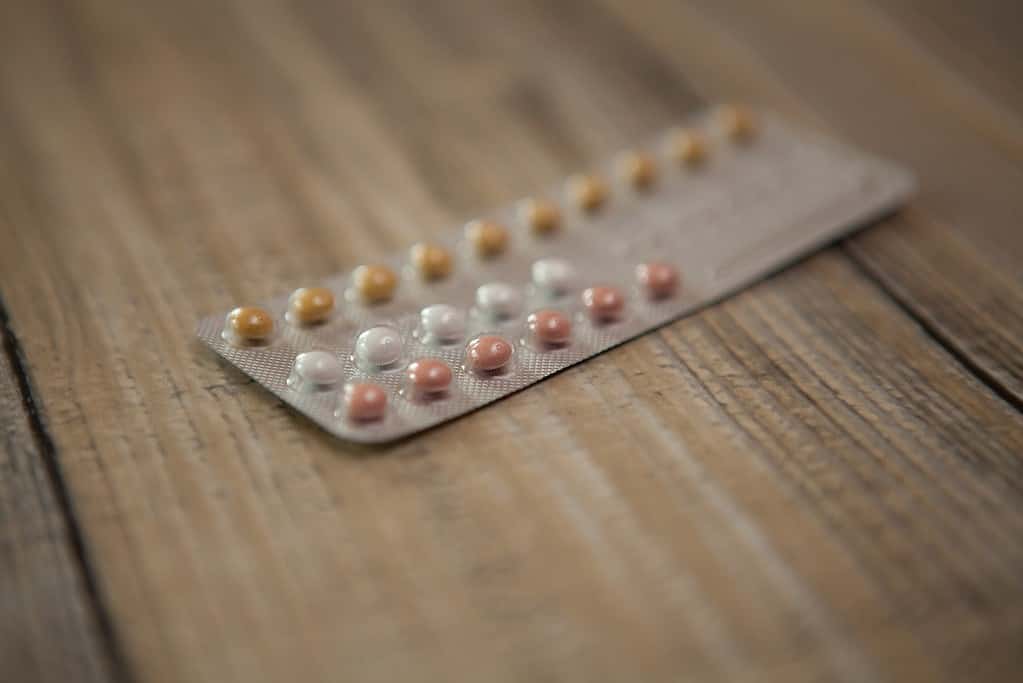
A new study has shown that the dosage of hormones in commonly used contraceptives can be significantly reduced without affecting their ability to prevent ovulation.
The research, led by Brenda Lyn A. Gavina, a Ph.D. student at the University of the Philippines Diliman, revealed that it may be possible to reduce the total dose of estrogen-only contraceptives by 92% and progesterone-only contraceptives by 43%, while still maintaining their effectiveness.
“Our study aimed to empower women by giving them more control over when to conceive and start motherhood while providing a safer way to do so. Additionally, studies are showing the non-contraceptive benefits of suppressing ovulation, such as managing premenstrual syndromes like breast tenderness and irritability and lowering the risk of ACL injuries in female athletes,” Gavina told ZME Science.
“An exciting finding from our study is that a continuous infusion with varying doses (contraceptive implants and patches are some ways to administer exogenous estrogen/progesterone continuously), with a total dosage significantly lower than constant dose administration, may still effectively suppress ovulation. This lower dosage reduces the risk of adverse side effects such as thrombosis and myocardial infarction associated with large doses.”
Potential for reduced doses in contraceptives
For those who need a refresher, the menstrual cycle consists of different phases, each regulated by various hormones in the body. Most forms of contraception, such as pills, injections, and implants, rely on the administration of exogenous (externally sourced) estrogen and/or progesterone to stop ovulation. Ovulation is the process by which an egg is released from the ovary, and if fertilized by sperm, can result in pregnancy.
However, these hormones can also have side effects, such as mood swings, weight gain, and an increased risk of blood clots. One 2017 study on nearly two million Danish women also found that hormonal contraceptives had a 20% increase in their relative risk for developing breast cancer.
To investigate the effects of different hormone dosages, Gavina and her team used computational models to simulate the interactions between various hormone levels, as well as the impacts of exogenous hormones in 23 women aged 20 to 34 with normal menstrual cycles.
The models revealed that it is possible to reduce the total dose of estrogen-only contraceptives by 92% and progesterone-only contraceptives by 43% and still prevent ovulation. By combining estrogen and progesterone, the doses of each hormone could be reduced even further.
Timing hormones during the menstrual cycle is key
The models also highlight the importance of timing the hormones during the cycle. Rather than administering a steady, constant dose, exogenous estrogen and progesterone could be given during only certain phases of the menstrual cycle. By optimizing the dosing formulation and schedule of therapy, clinicians could potentially suppress ovulation while minimizing side effects.
This study provides important insights into the potential for reducing the dosage of hormones in common contraceptives while maintaining their effectiveness.
However, since this is a purely theoretical model at this point with rather limited data, the findings need to be validated by clinical trials. But the results are promising and could pave the way for safer and more personalized contraception in the future.
“Our findings may give clinicians insights into an optimal dosing scheme for contraception, so we hope experimentalists would pick up on this,” Gavina said.
“Although our model does not capture all factors in contraception, we hope to refine it with the emergence of more data to address other contraception issues. We also hope to expand or modify this model to investigate reproductive health concerns in women like PCOS and ovarian cysts. Finally, we hope our work will encourage more modelers and experimentalists to work in this field.”
The findings appeared in the journal PLOS Computational Biology.






